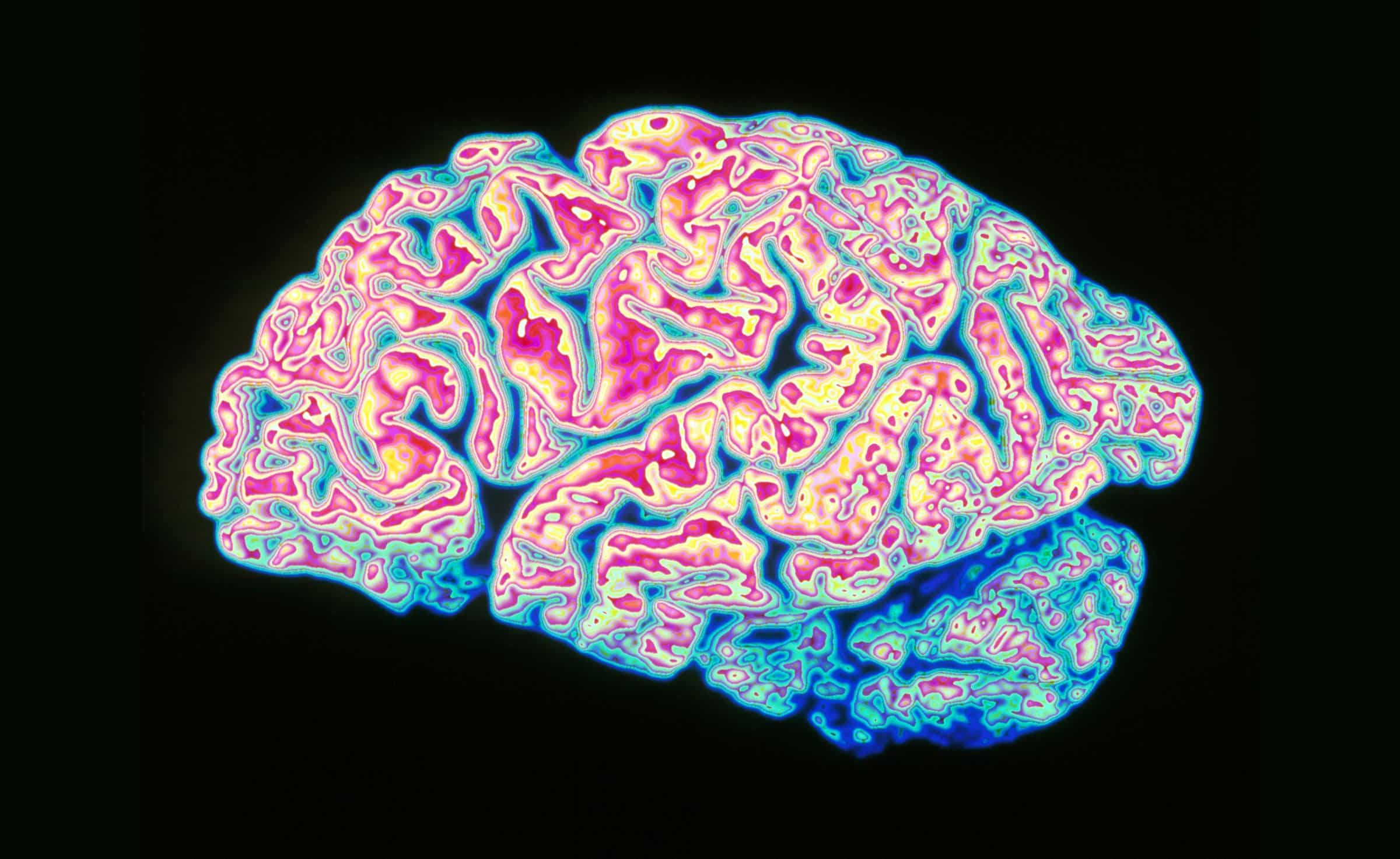Key Parkinson’s Protein Structure Uncovered, New Drugs on the Horizon
PINK1 had already been identified as a key factor in Parkinson’s, with mutations in this enzyme being the second most common cause of the disease. It was flagged as a key player in preventing Parkinson’s in 2004, and multiple trials have delved into its actual role in the years since.
Now, researchers from Dundee University have managed to decipher the enzyme’s 3D structure and the way that it works. The breakthrough could be the first step in addressing the symptoms of Parkinson’s, which include rigidity and shaking.
The university had been collaborating with staff from the Medical Research Council’s Protein Phosphorylation and Ubiquitylation Unit (MRC-PPU) on a study relating to the PINK1 Enzyme. Dr Miratul Muqit, the team leader from MRC-PPU, said: “Solving the structure and workings of PINK1 gives us crucial insights into how it exerts a protective role in Parkinson’s.”
Professor van Aalten, a Wellcome Trust Investigator in the Division of Gene Regulation and Expression in the School of Life Sciences, said, “There has been great interest in directly targeting PINK1 as a potential therapy but without knowledge on the structure of the enzyme, this posed a major barrier. Our work now provides a framework to undertake future studies directed at finding new drug like molecules that can target and activate PINK1.”
Parkinson’s is a progressive degenerative brain disorder which to date remains incurable. Previous advances in genetics identified mutations in the PINK1 gene in patients with early-onset forms of Parkinson’s. Parkinson’s disease affects one in 500 people and around 127,000 people in the UK live with the condition. It is believed one million Americans also suffer.
Previous work had indicated that the main role of the PINK1 enzyme is to sense damage to the energy centres of cells known as mitochondria and then switch on a protective pathway involving the targeting of two key proteins, ubiquitin and Parkin, to reduce the damage. But how this occurred was unknown.
“The PINK1 gene was identified as a key player by researchers back in 2004,“Professor David Dexter, deputy director of research at Parkinson’s UK said, “Drugs that can switch the PINK1/parkin pathway back on may be able to slow, stop or even reverse nerve cell death, not only in people who have these rare inherited forms of the condition, but also those with non-inherited Parkinson’s. This knowledge is vital for developing drugs that can switch PINK1 back on, which has the potential to slow or even stop the progression of the condition, something current treatments are unable to do,” Professor Dexter explained in the report.
In this new research, the scientists revealed the structure of PINK1, isolated from the model organism Tribolium castaneum (red flour beetle). They found that PINK1 has unique control elements not found in other enzymes of this class that explain how it targets two key proteins ubiquitin and Parkin to exert its protective role in the brain.
The structure of the PINK1 enzyme has three loop-style insertions that previously had an unknown function. Researchers have demonstrated that the third loop insertion, which is modified through a mechanism called phosphorylation at a specific site, leads to the formation of a bowl shape, which is essential as a binding site for the ubiquitin protein.
The researchers also describe an interesting structural element held by a loop that is necessary for the activity of PINK1. These results demonstrate how mutations that affect the kinase domain within the bowl of the enzyme can lead to a loss of PINK1 function.
Professor Dario Alessi, Director of the MRC PPU, commented: “This is a wonderful achievement and has been a very difficult project that has taken over eight years of painstaking research. Many researchers would have given up long ago. This work illustrates the importance of persistence and collaboration that is required to solve the most important problems in medical research.” Dr Muqit was a key member of the team that discovered PINK1 in 2003 and has made many valuable contributions to our understanding of PINK1 in Parkinson’s disease.
Dr Nathan Richardson, MRC Head of Molecular and Cellular Medicine, said, “Discovering the fundamental structure of this protein is vital for understanding its cellular function and paves the way for the development of drugs to combat forms of early-onset Parkinson’s disease. This advance will also help reveal the molecular basis of genetic mutations in Parkinson’s disease, illustrating the merit of long term support for underpinning biomedical research.”























